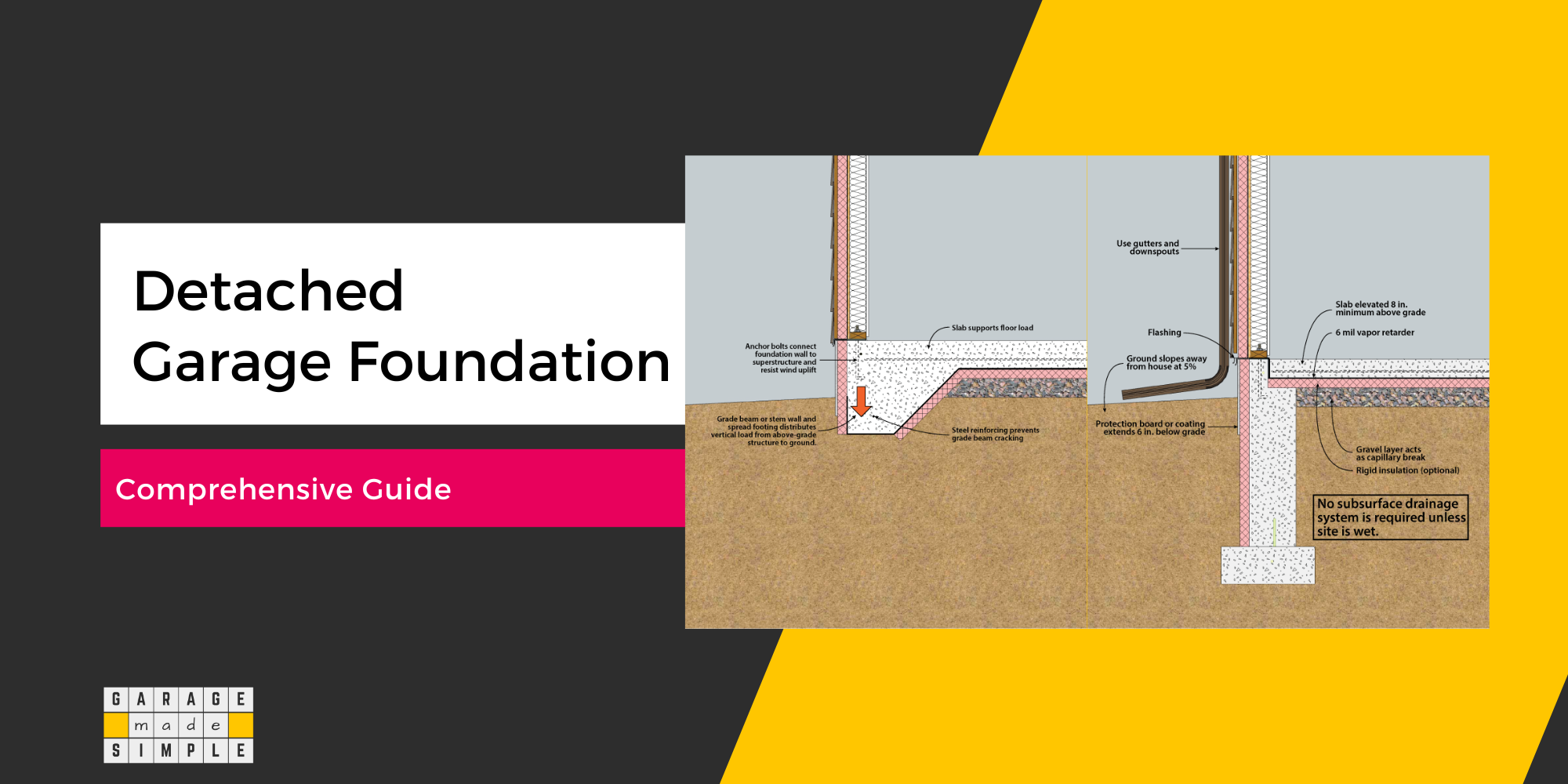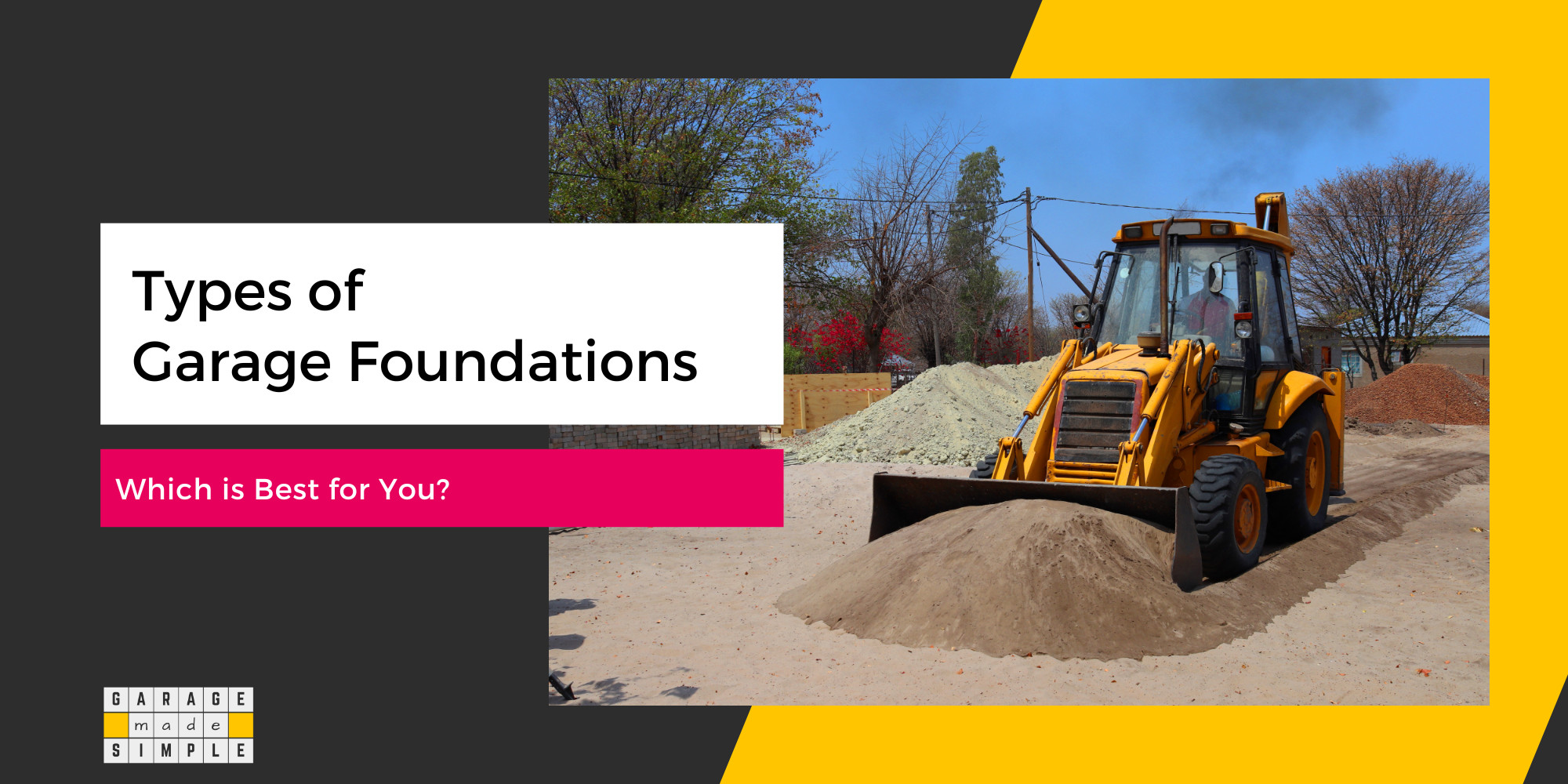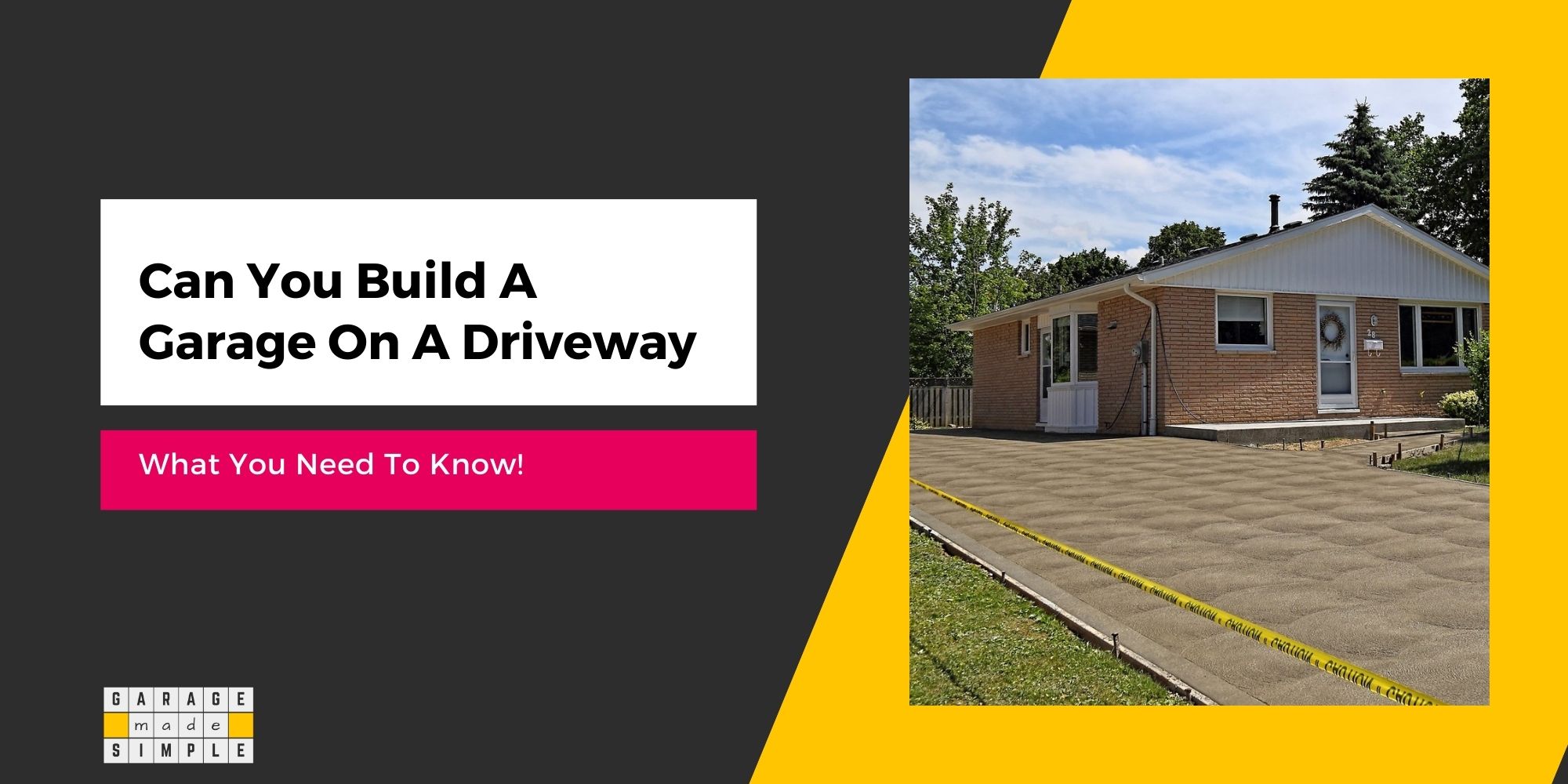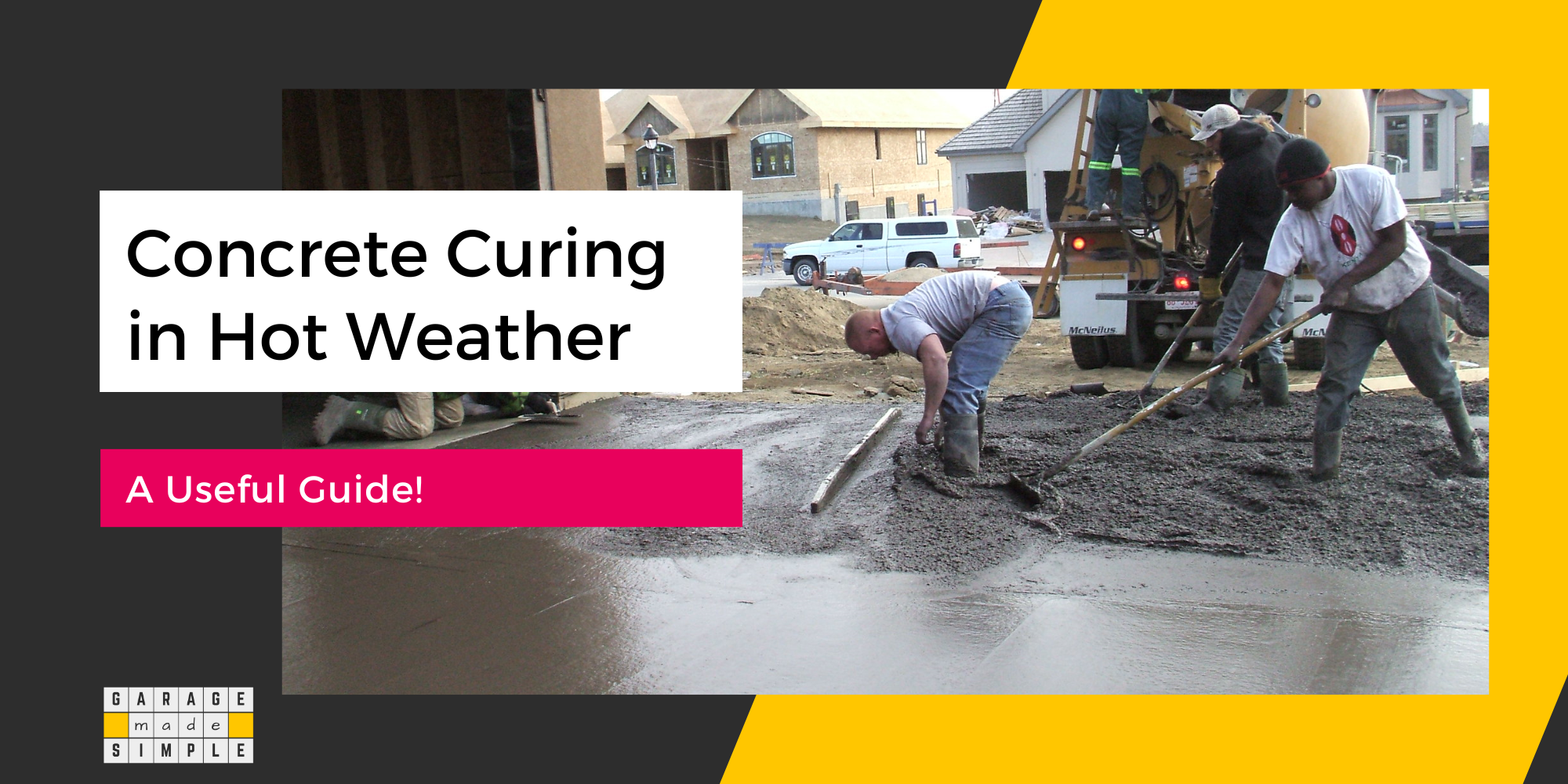5 Reasons Why Your Garage Floor Is Heaving & 5 Solutions That Help!
As an Amazon Associate, I earn from qualifying purchases.
Why Is My Garage Floor Heaving?
Have you noticed that of late your garage floor has developed a bulge in the middle? Or you may have started new and fairly large cracks in the floor, which were not there before? If so, there is every reason to worry and ask, “Why is my garage floor heaving”?
Garage floors can heave if the ground below swells up. In most cases the ground swelling is a result of excessive moisture below the grade. Sometimes the heaving can also be the result of seismic activity.
There are 5 main reasons why your garage floor may be heaving. They are as under:
- Expansive Soil
- Seismic Activity
- Heavy Precipitation
- Plumbing Leaks
- Frost Heave
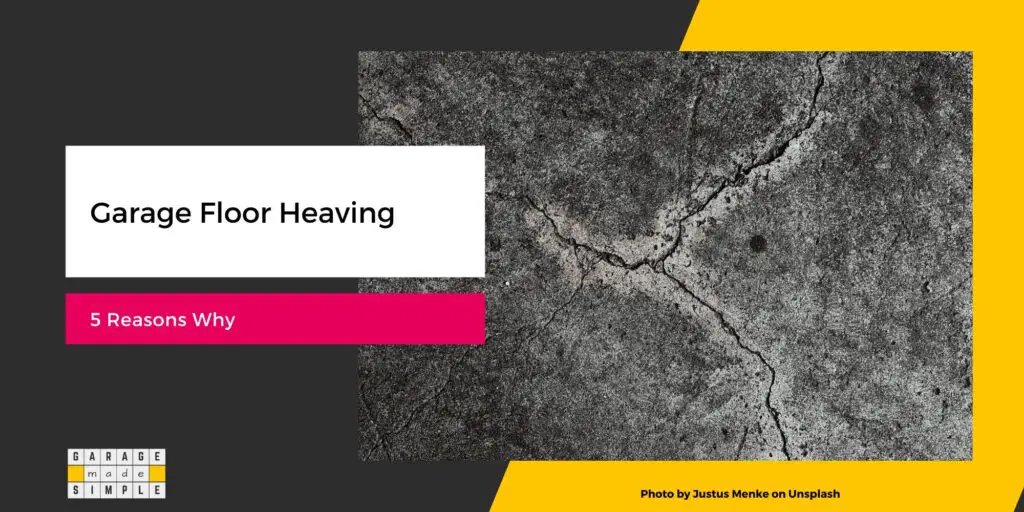
In this post I will explain each of the 5 reasons in detail. I shall also recommend 4 solutions that are known to work. One of them may help you solve the problem of your heaving garage floor.
Reason #1: Expansive Soil
Expansive soil contains a high percentage of clay and readily absorbs water. As you are aware the composition of soil varies from place to place.
If the grade below your concrete garage floor has the characteristics of expansive soil, then it will absorb excess water and swell up. Ground swelling will cause the garage floor to bulge or heave.
When the weather becomes dry the expansive soil will give up its water content and shrink.
This cycle of expansion & shrinkage, depending on the moisture content in the soil, is the most common cause of concrete garage floors heaving and cracking.
Reason #2: Seismic Activity
Seismic activity is the frequency and severity of earthquakes in a region. Of course, we are not talking about earthquakes that are strong enough to get into the news.
Earth under your concrete garage floor may experience some minor tremors. These tremors may be so small or gradual that you may not even notice them.
However, even seismic activity that is below the “radar” can cause enough ground movement, over a period of time, to make your garage floor heave.
Reason #3: Heavy Precipitation
The soil under the garage floor can get over-saturated with water due to unusually heavy rains or a lot of snow melt within a short period of time.
Soil, over-saturated with water, exerts an upward hydrostatic pressure on the concrete garage floor. Since there is no counterbalancing downward pressure, the garage floor bulges and may even crack.
Sometimes you may find garage floor heaving even when there has been no rain or snowfall in your area. The water table below the garage can also rise if natural water bodies, such as lakes or rivers nearby get flooded.
Reason #4: Plumbing Leaks
Another reason for the soil below the garage floor getting over-saturated with water is plumbing or drainage leaks. Unknown to you, an underground pipe or drain may have burst, spewing water into the soil.
The water pipe or the drain may not even be directly under the garage floor. As long as the leak is nearby the water will, sooner or later, seep into the ground below the garage floor too.
Reason #5: Frost Heave
According to Julian Murton, in Encyclopedia of Geology (Second Edition), 2021
Frost heave refers to the upward or outward movement of the ground surface (or objects on, or in, ground) caused by formation of ice in soil. Heave normally occurs in the direction of least resistance and perpendicular to ice lenses and layers and is therefore commonly upwards.
Frost heave is in fact a serious construction challenge in locations where the temperature hovers around the freezing point for several months of the year.
The groundwater solidifies into ice when the temperatures drop below freezing. As a result the soil expands and exerts an upward pressure on the garage floor. This is why the garage floor could be heaving.
When the temperature rises above freezing, the ice melts and the soil shrinks back. The garage floor tries to get back to its original shape.
This cycle may repeat several times putting cyclical stress on the garage floor. The garage floor weakens and may develop cracks.
How Do You Fix a Heaved Concrete Floor?
There are several solutions if your concrete garage floor has heaved. The solution that will work for your garage will depend on the specific nature and cause for the heave.
5 solutions that help are listed below. Only an experienced professional can advise & implement the correct solution for your heaved garage floor. However it is good to know the options.
Solution #1: Hammer and Chisel
Sometimes there is a clear high point from the garage floor heave. This point may already have cracked out. It is therefore possible to use a hammer and chisel to knock off the protruding chunks of concrete from the high point.
This leaves a rough and chiseled gap below the original garage floor surface. The gap can be filled up by layering fresh concrete on it. Make sure to fill and smooth out the gap so that the entire floor is at one level.
Solution #2: Concrete Grinder
Another way to remove the heaved portion of the concrete floor is to use a cup-wheel or a disc-wheel grinder. Depending on the size of the heaved area you can use a small or a large disc.
By grinding out the concrete from the high points you can get the garage floor leveled out again. Apply a patch of fresh concrete on the ground down areas and smooth it out to get a level finish with the existing concrete floor.
Solution #3: Concrete Chipper
Using a grinder will create too much dust and take too much time, if the heaving is widespread. A concrete chipper works better.
The concrete chipper has special teeth that can literally chew out the heaved concrete. It is easy to operate as you just need to walk behind it as it does it work.
After you are done chipping, clean up the chipped area and resurface it with fresh concrete.
Solution #4: Ground Freeze
Poor gravel base preparation under the concrete slab can prevent water from draining away. When temperatures fall below freezing, water turns to ice. This is known as ground freeze and can result in frost heave.
The permanent solution to such a problem is to cut out the damaged section with a concrete saw, right down to the base. The base is removed and re-built with dirt, gravel and sand layers.
Fresh concrete is poured in this section and troweled to the same level as the surrounding concrete.
Solution #5: Earthquake Heaves
The solution to earthquake heaves is exactly the same as that for frost heaves.
Bottom Line
There are 5 reasons why your garage floor may be heaving. Fortunately there are 5 solutions that can help. One of them may be right for you.
Garage floor heaving is a significant problem and you may need to enlist the services of an experienced professional to get the correct advice. They will also be able to execute the proposed solution.
Thank you very much for reading the post. I do hope you found it informative and useful.

